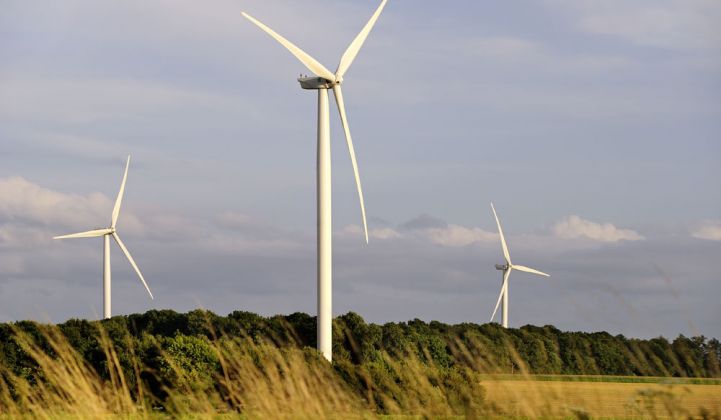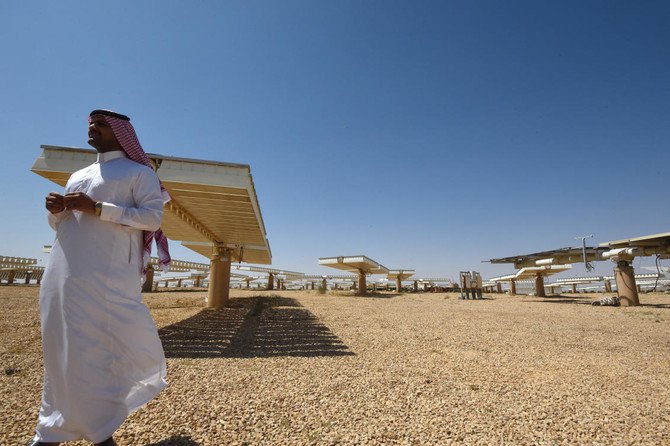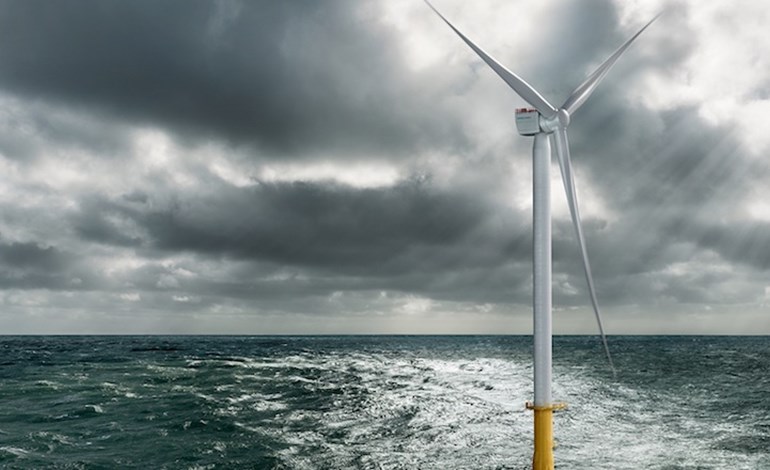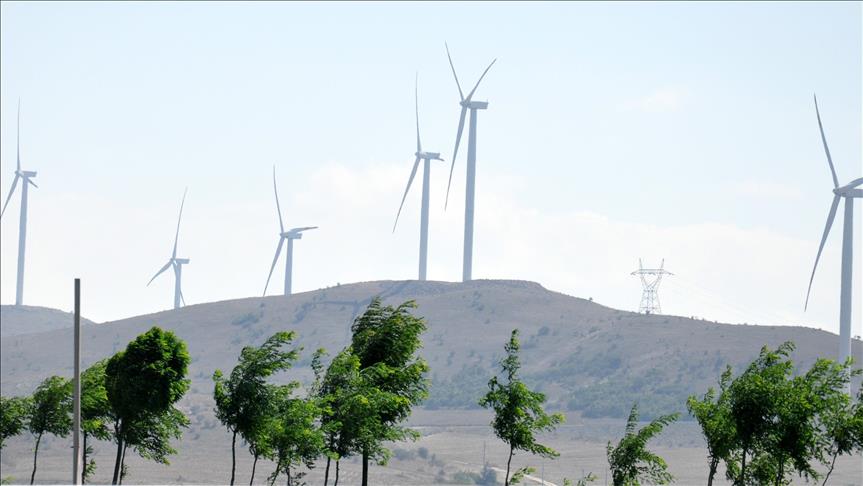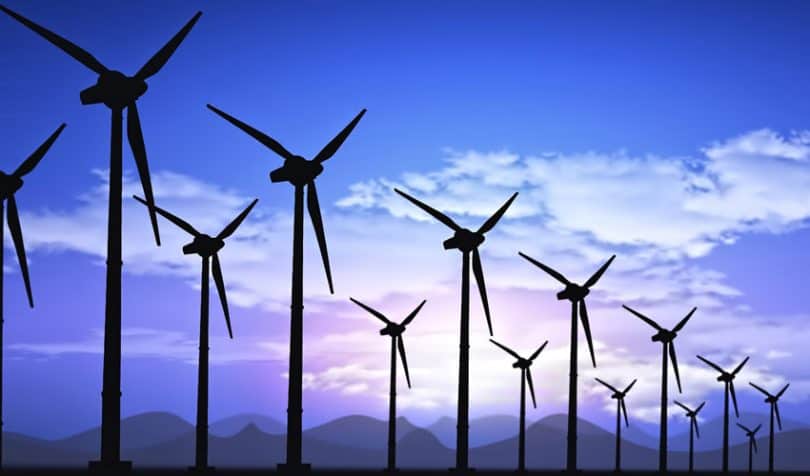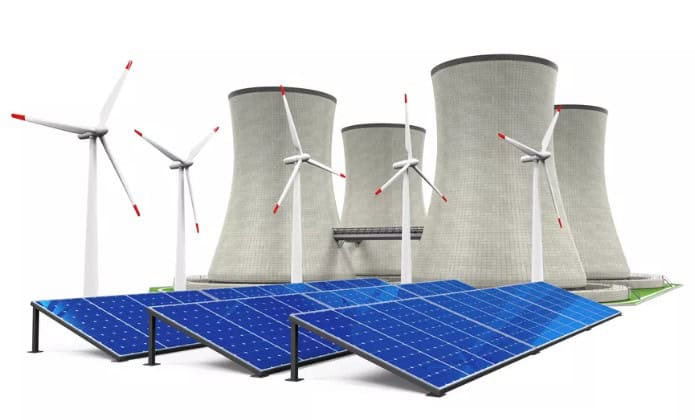
The Green New Deal has captured the public imagination, emerging from obscurity to become the talk of the town in a matter of weeks. Lots of people on the left want to draft on that grassroots energy, claiming some of it for themselves. Thus, the jockeying has begun to define the GND, to nail down exactly what it means and who is allowed to claim the banner.
It is inevitably going to be a contentious process. As I wrote in my GND explainer, taking the GND from lofty goals to a concrete policy program will involve a broad array of difficult decisions and political challenges. Though everyone (on the left, anyway) may agree about the GND in the broadest terms — a program to address climate change that is just, fair, and adequate to the task — the minute the discussion moves a level deeper, into specifics, the battles begin.
Many of those battles are unavoidable. For instance, the question of “how to pay for it,” or whether it needs to be “paid for” at all, must eventually be settled. If GND advocates are going to abide by the PAYGO (“pay as you go”) rules that Democrats adopted, it will radically constrain the ambition of the effort. That question must be settled before even the broad outlines of the program can be made clear.
But some of the battles can be avoided, at least for the time being. And given the difficulty of the GND as a political project, common sense says battles that can be avoided should be avoided.
Which brings us to the subject of today’s post, one of those avoidable fights, which has moved from background to foreground over the past week. To wit: The GND is centrally concerned with clean energy, but what exactly is clean energy? What counts and what doesn’t?
Carbon-free energy: renewables, or more than that?
All GND proponents agree that greenhouse gas emissions should be eliminated from the electricity sector as soon as practicably possible (though there is some disagreement on just how fast that is). The activists pushing the GND are calling for 10 years; that’s the high end of ambition.
Eliminating GHGs from electricity requires carbon-free power. But there are two schools of thought about where that carbon-free power will come from.
The first school, represented by left environmental groups, wants all that carbon-free power to come from renewable energy. Last week, a collection of 626 environmental groups, led by longtime lefty stalwarts like the Center for Biological Diversity and Friends of the Earth, sent a letter to Congress laying out principles and policies they believe should be included in the GND.
Among them is a call for 100 percent renewable energy, specifying that “any definition of renewable energy must also exclude all combustion-based power generation, nuclear, biomass energy, large scale hydro and waste-to-energy technologies.” (Some of the groups involved later clarified that they meant no new nuclear or hydro — not shutting down existing plants — but the letter itself is highly unclear on that extremely important subject.)
The second school of thought, represented by a number of academic energy analysts and a vociferous bloc of nuclear power enthusiasts, believes that renewable energy won’t be able to do the job of decarbonization on its own. They predict we can get to 50 percent, maybe 80 percent renewables, but after that, it will start getting very expensive without some of the “firm” resources that the enviro letter explicitly excludes. They believe nuclear, CCS, biomass, waste-to-energy, run-of-river hydro, and who knows what else will eventually be needed to fully decarbonize.
:no_upscale()/cdn.vox-cdn.com/uploads/chorus_asset/file/13691364/spulveda_joule_firm_low_carbon.png)
If the GND insists from the outset on 100 percent renewables, it will immediately lead to infighting. Policy wonks will attack it as unnecessarily expensive; anyone who believes in a role for other carbon-free resources (which includes more than a few on the center left and right) will be shut out.
Don’t get me wrong: The debate over how far renewables can go, whether they can ever get to 100 percent, is fascinating and important. I have written about it on more than one occasion. Seeing how it turns out will be one of the highlights of my twilight years.
But it doesn’t need to be resolved now. We don’t need to have this fight. The language of the GND can, and should, focus on what matters: carbon.
Climate comes first
The overwhelmingly salient fact is that carbon emissions need to be rapidly reduced and eliminated from the electricity sector. (And everything that can be electrified needs to be.)
Everyone who understands climate change understands that basic imperative.
But lots of people don’t understand climate change, or don’t care much, and there are many powerful social and economic forces pushing against decarbonization.
It stands to reason that everyone who agrees on the need for decarbonization needs to speak in a single voice. The US desperately needs a bigger, louder, and more unified decarbonization movement.
I asked R.L. Miller, who runs Climate Hawks Vote, a climate political action group, why her organization signed a letter with that provision in it. “Green groups have set a very high bar with their call for 100 percent renewable energy within 10 years,” she said. “I don’t know whether whatever eventually emerges through the sausage grinder of Congress will match that very ambitious goal, but I do know that, to quote my son’s fifth-grade teacher, ‘high expectations lead to high results.’”
I get that perspective. Whatever emerges at the end of this process — if anything — is unlikely to match the original intentions, so there’s no harm in aiming high.
Where I disagree is that I don’t think 100 percent renewables is the highest result. Decarbonization is the highest result.
:no_upscale()/cdn.vox-cdn.com/uploads/chorus_asset/file/13691411/ddpp_decarb_scenario.png)
If the US electricity sector is 80 percent carbon-free in 2028 (or whenever) and the next increment of decarbonization would be cheaper and faster from a new natural gas plant that captures its carbon emissions than it would be from another solar plant, then we should build the natural gas plant. That is the higher expectation.
It’s not that people’s worries about natural gas are illegitimate. The local environmental and economic effects of fracking are a serious concern. The same is true for various social and ecological worries about biomass, hydro, and waste-to-energy. Fears about nuclear power’s safety are generally overblown (I’d live inside a nuclear plant before I’d live next to a coal plant), and it seems clear to me that existing nuclear plants should be kept running, but concerns about the economics of new nuclear power are very real.
No one has to abandon any of those proximate concerns. But to be a climate hawk is to recognize the existential stakes of the climate crisis and the unfathomable difficulty of the challenge ahead. It is to recognize that, for the time being, climate comes first, even if it entails some unpleasant trade-offs.
Sparking rapid, large-scale action on climate change — of any kind, using any tools — must be the priority.
Clean energy agnosticism has a short but suggestive record of success
The bulk of the support on the left is for renewable energy. The bulk of the support on the right is for fossil fuels. But in the center left and, to a lesser degree, the center right, there is a somewhat motley collection of people, inside and outside of elected office, who acknowledge climate change but want non-renewables to be a part of the solution.
This bloc is not a substantial electoral force on its own, but in some circumstances, it can pull a climate solution over the finish line. It can make the difference.
Consider three recent examples:
In 2016, the Illinois legislature passed a bill that did two big things (along with a bunch of smaller ones): It bailed out the state’s nuclear plants, and it repaired and boosted the state’s renewable energy mandates. Exelon, the state’s big utility, along with politicians in districts where nuclear plants are located, wanted the former. Enviros wanted the latter. Neither had the juice to get what they wanted on their own; together, their bill passed with bipartisan votes in both houses of the Democratic-controlled legislature and was signed by a Republican governor.
Also in 2016, New York Gov. Andrew Cuomo did roughly the same thing through executive action: He boosted the state’s renewable energy standard but also offered subsidies to help keep the state’s nuclear plants open.
:no_upscale()/cdn.vox-cdn.com/uploads/chorus_asset/file/13691394/new_york_electricity_09.2018.png)
Both states have set out on a path to reduce emissions while simply bracketing the question of whether renewables will win in the end.
Most suggestively, there is California’s SB 100, passed late in 2018. It raises the state’s renewable energy standard to 60 percent by 2030. But for its longer-term goal, in 2045, it targets 100 percent “carbon-free” energy. That change is significant — it allows for other forms of energy beyond renewables — and it was made for a reason.
In all these cases, moving the decarbonization focus beyond just renewables to something more inclusive was key in political salability, bringing enough wavering centrists on board to give the result a bipartisan air.
There’s no way of knowing if the same thing could work for the GND. It’s a pretty explicitly lefty undertaking, so maybe there’s no hope of any self-described centrists getting on board. But there’s nothing to be lost by leaving this door open enough to attract some extra support. It is a signal that carbon reductions are being prioritized over energy tribalism.
Agnosticism at the headline level doesn’t require any sacrifice
If environmentalists believe that renewable energy will triumph in the end, they lose nothing by allowing the GND to simply target “carbon-free energy.” In practice, that will prove to be renewables, right? So what’s the problem?
Even if the GND targets carbon-free energy at the headline level, there’s no reason environmentalists can’t go right on fighting for policies that support renewables. Everyone can continue to fight for the carbon-free sources they most support or believe in, including nuclear fans, CCS fans, whoever.
They would just be doing so under a common banner, a common understanding of the imperative to reduce carbon emissions quickly. That is the social consensus that is desperately needed. It would be a shame to fracture or conceal that consensus over non-carbon disagreements.
